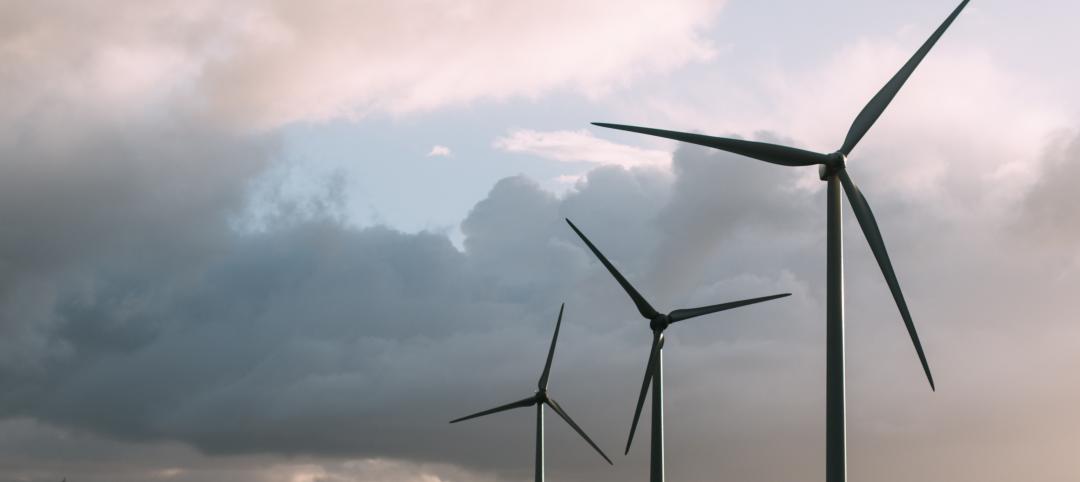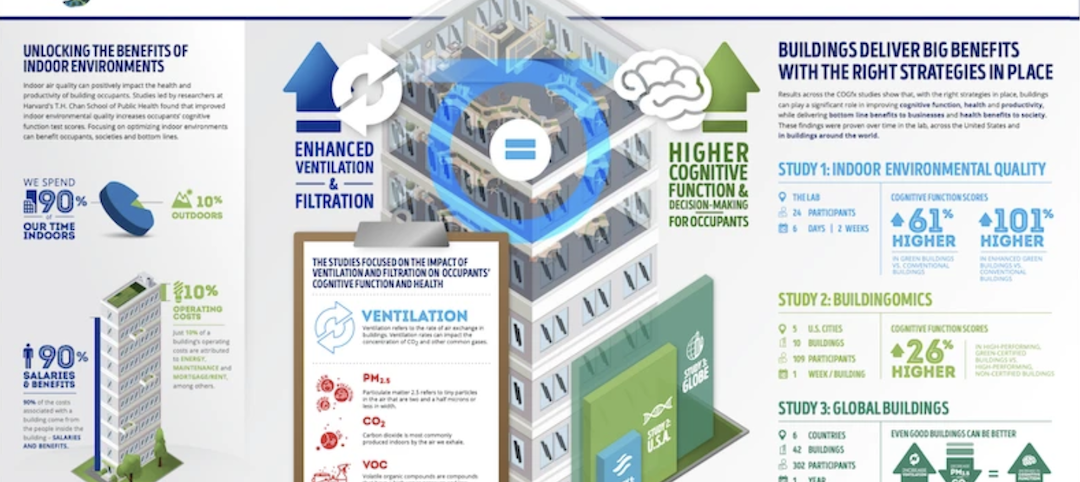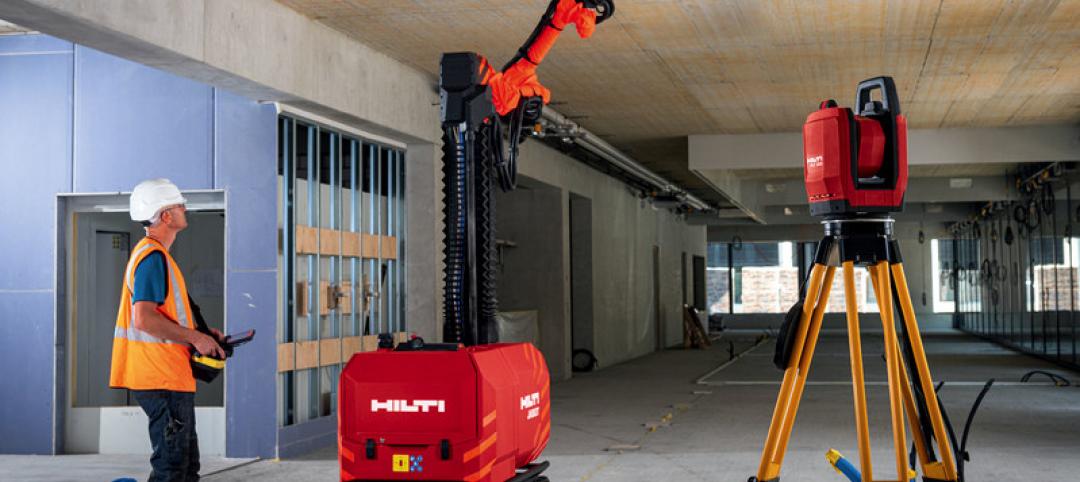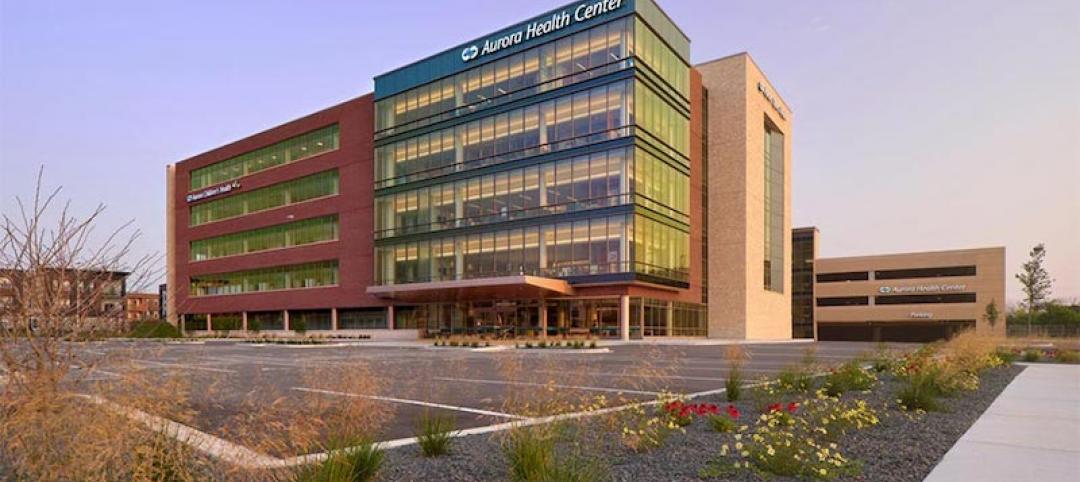Low-smoke halogen-free (LSHF) cables have been on the market for decades, yet there are still many misconceptions about the application and definition of test requirements/methods for these cables.
Generally speaking, traditional halogenated cables, when compared to LSHF cables, produce more toxic and corrosive smoke in the event they are burned.
LSHF cables first originated in the 1970s in Europe and the U.S., and began being used in underground structures by London Underground and North Sea offshore drilling platforms in the 1980s. These cables have traditionally been used in enclosed spaces, such as subway systems, tunnels, submarines, ships, and mines. Today, LSHF cables are also being used for life safety and mission critical applications, including hospitals and data centers.
“Traditionally, where LSHF cables are used, the application of these cables were in enclosed spaces,” says Robert Bellassai, senior staff engineer at certification company UL. “So, if you had a space that was not exposed to or installed in outside air, that’s where these cables would be used. But the use of LSHF cables is rapidly expanding.”
Wire and cables, which are essential to any building, structure, or product, generally consist of insulated copper conductors or buffered/unbuffered optical fibers, and are covered by a protective outer jacket. Cables may also contain other polymetric materials, such as fillers, tapes/wraps (e.g., PET, fiberglass, polyester, etc.), ripcords, shields (e.g., aluminum-PET, copper-PET, etc.), and color concentrates.
In the case of halogenated cables, the polymetric materials of which they are manufactured contain one or more halogenated elements, such as chlorine, bromine, fluorine, iodine, or less likely astatine.
Halogenated elements serve a purpose when used in polymetric materials. In most applications, they are in the form of chlorinated and brominated flame retardants to inhibit flame propagation of the cable when burned. However, the cable will emit smoke that is toxic and corrosive, and that contain higher amounts of carbon monoxide (CO).
One study from the University of Lancashire in the U.K. found evidence that suggests combustion products can be potentially hazardous to people if they cannot easily evacuate from the area. The cables studied contained brominated or chlorinated flame retardants, which produced significantly higher levels of CO gas during combustion.
Additionally, when mixed with water, hydrogen halides form hydrochloric acid, hydrofluoric acid, or hydrobromic acid, which can damage and destroy critical structures, components, and equipment, due to the corrosive nature of the combustion product.
Installing LSHF cables significantly reduces the risk of toxic and corrosive smoke being emitted in case of a fire.
Ideal for subterranean and mission critical applications, such as subway tunnels and data/emergency call centers, LSHF cables can be called other acronyms, such as LSZH, HFFR, LSF, and LS0H. These acronyms have been developed by manufacturers to characterize (self-certify) their products for smoke generation and halogen content.
Each self-certification acronym is associated with industry standards that were not always directly applicable for the characterization of smoke and halogen content. Also, each cable and material manufacturer doesn’t always associate the same standards with the same acronym.
“Low-smoke” refers to the amount of smoke that a complete cable construction produces upon combustion. “Halogen-free” refers to the amount of individual halogen elements that are present in each combustible cable component.
The dangers of not installing LSHF cables are potentially deadly, as evidenced by the Jan. 12, 2015, fire at Washington, D.C. Metro’s L’Enfant Plaza Station.
There, an electrical malfunction caused a fire which filled up the subway tunnels with toxic smoke. In total, 86 people were injured from smoke-related injuries and one person died.
D.C. Metro, and other transit agencies, had been advised by the National Transportation Safety Board in July 2014 to replace and update its cables to better protect them from fires. Metro had been in the process of installing new cables for over a year, but had not yet finished the project when the June 2015 fire broke out.
According to the Washington Post, multiple lawsuits filed by transit riders alleged that Metro created unsafe conditions in the tunnels, in addition to delaying evacuation efforts.
While some suits have been settled out of court, others, including a suit filed by the family of the person who died, are expected to go to trial this fall.
Installing LSHF cables not only protects employees and customers, but they can also increase the value of the structure in which they’re installed.
The U.S. Green Building Council recognizes four levels of LEED certification: Certified (40-49 points), Silver (50-59 points), Gold (60-79 points), and Platinum (80+ points). Having LSHF cables installed counts as points toward certification and can increase the financial value of the property and save owners money in decreased operational costs.
“Certified LEED green buildings are very efficient, resulting in decreased operational costs due to lower utility and maintenance expenses,” says Bellassai.
The high safety standards associated with LSHF cables are environmentally friendly and cost effective.
Additionally, LSHF cables have been proposed to be included in the 2020 version of the National Electrical Code. The proposal, submitted by Mexichem, seeks to add HF and LSHF optional markings so contractors, architects, specifiers, and users can specify HF and LSHF cables. It would give these end users a standards-based Mark brought to you by an independent third-party laboratory such as UL LLC.
If approved by the NFPA for the 2020 NEC, this will give Authorities Having Jurisdiction (AHJ) an easy way to identify HF and LSHF products for applications that would benefit from the reduced toxicity and corrosivity of these cables, and from a trusted third-party independent test laboratory like UL LLC.
Download UL LLC's free white paper on this topic, Clearing Misconceptions About Low-Smoke, Halogen-Free Cables.
Related Stories
BAS and Security | Oct 19, 2022
The biggest cybersecurity threats in commercial real estate, and how to mitigate them
Coleman Wolf, Senior Security Systems Consultant with global engineering firm ESD, outlines the top-three cybersecurity threats to commercial and institutional building owners and property managers, and offers advice on how to deter and defend against hackers.
Multifamily Housing | Sep 15, 2022
Heat Pumps in Multifamily Projects
RMI's Lacey Tan gives the basics of heat pumps and how they can reduce energy costs and carbon emissions in apartment projects.
Building Materials | Aug 3, 2022
Shawmut CEO Les Hiscoe on coping with a shaky supply chain in construction
BD+C's John Caulfield interviews Les Hiscoe, CEO of Shawmut Design and Construction, about how his firm keeps projects on schedule and budget in the face of shortages, delays, and price volatility.
Multifamily Housing | Jul 26, 2022
All-electric buildings – great! But where's all that energy going to be stored?
There's a call for all-electric buildings, but can we generate and store enough electricity to meet that need?
Building Materials | Jun 20, 2022
Early-stage procurement: The next evolution of the construction supply chain
Austin Commercial’s Jason Earnhardt explains why supply chain issues for the construction industry are not going to go away and how developers and owners can get ahead of project roadblocks.
Multifamily Housing | Apr 7, 2022
Ken Soble Tower becomes world’s largest residential Passive House retrofit
The project team for the 18-story high-rise for seniors slashed the building’s greenhouse gas emissions by 94 percent and its heating energy demand by 91 percent.
M/E/P Systems | Jan 27, 2022
Top 5 building HVAC system problems and how to fix them
When your HVAC system was new, it was designed to keep the indoor environment comfortable, functional, and safe. Over time, that system can drift out of alignment, leading to wasted resources, excessive energy consumption, and reduced occupant comfort.
M/E/P Systems | Sep 15, 2021
New Harvard study expands research into impact of indoor air quality on occupant performance
People in buildings in six countries were monitored for a year.
AEC Tech | Oct 28, 2020
Meet Jaibot, Hilti's new construction robot
The semi-autonomous robot is designed to assist MEP contractors with ceiling-drilling applications.
Building Team | Aug 21, 2020
A healthcare project in Wisconsin benefits from including MEP subs in early design discussions
Prefabrication played a major role in quickening construction.
















